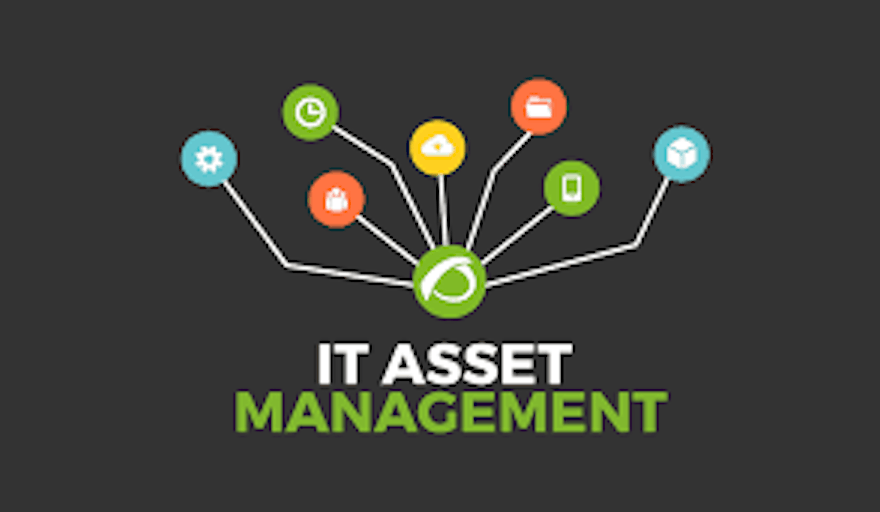Due to the recent pandemic, we have been experiencing and have seen huge changes in spending for local and state governments. This, however, does not mean that there has been an increase in money coming in. This is actually quite opposite according to a Washington Post analysis. Most states have seen a decrease in revenue with some even recording double-digit declines.
However, most agencies do not have to look hard to find additional money, as most of them are leaving money on the table due to inaccurate Information Technology management (ITAM) systems. This lack of visibility and actionable data costs agencies large sums of money every year.
What does this problem cost?
When you are looking at local government agencies, they are often times asked to do the most with the smallest amount of money. When looking at spending in the IT department, it is not uncommon to see spending be 20-30 percent above the budget for both hardware and software.
Just because you need an ITAM platform, and other companies or agencies are using one, does not mean that it is the correct one for you. They might be using an ITAM system that just helps them catalog with equipment. This type of system is not enough these days. Now you need systems that keep track and manage the lifecycle of your fleet.
Having an ITAM system that provides you with actionable, up-to-date information that is automated and repeatable will help you to effectively manage cost and cyber risks throughout the IT asset lifecycle.
What does an ITAM solution that has a good software platform look like? It should have the following
- Provide visibility throughout the entire software landscape.
- Track your software and license purchases, vendor SKU's, license terms, and usage per department and user
- Automate your data collection and reporting to limit your manual resources.
- See your usage to help reduce yearly software maintenance.
- Use existing tools and its own agents to help capture data gaps.
Future Proofing
Due to the large amount of unexpected spending the government agencies did during the pandemic, budgets are now a little tighter than they used to be. Because of this, it is crucial for these local agencies to know where all of their devices and different technologies are deployed. This will help prevent security gaps and enact replacement at the end of the lifecycle.
This is no simple or easy task, but it is important. With the right technology and private sector partner, these agencies can be confident that they are using every device and can understand how those devices are being used.
